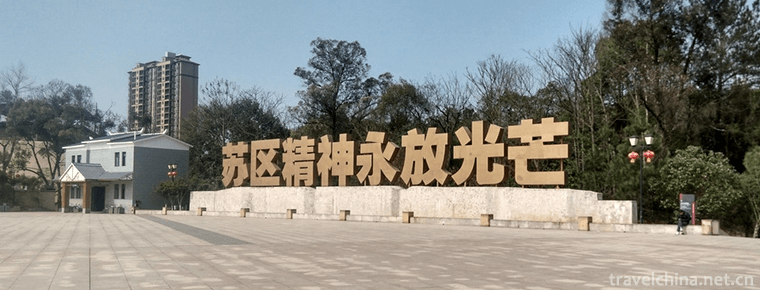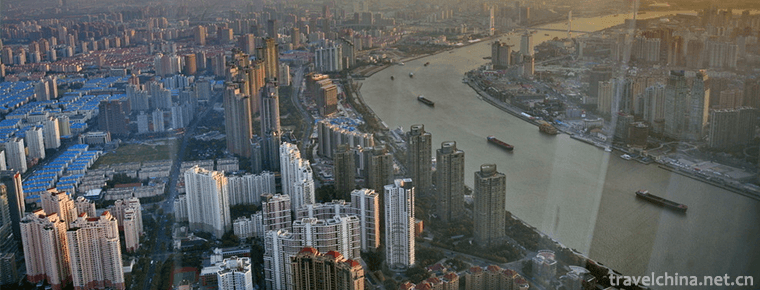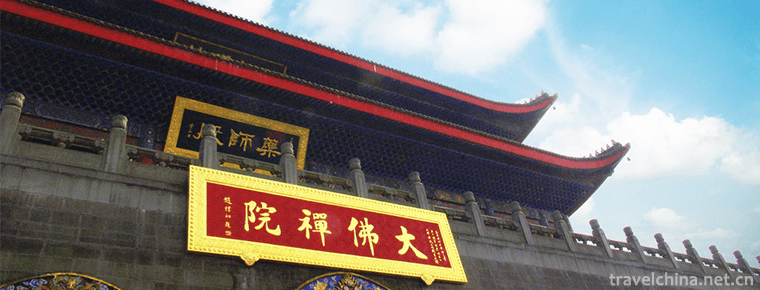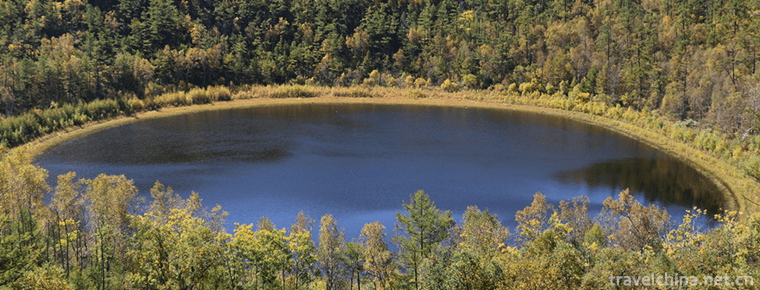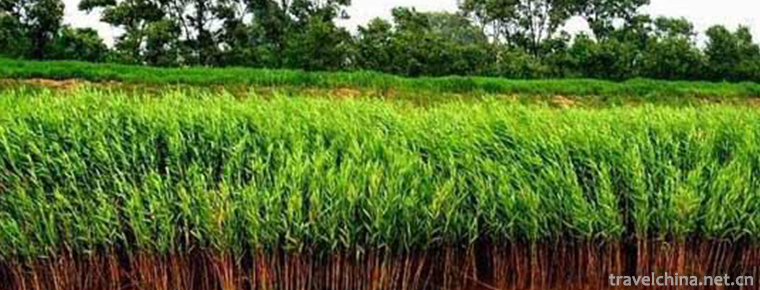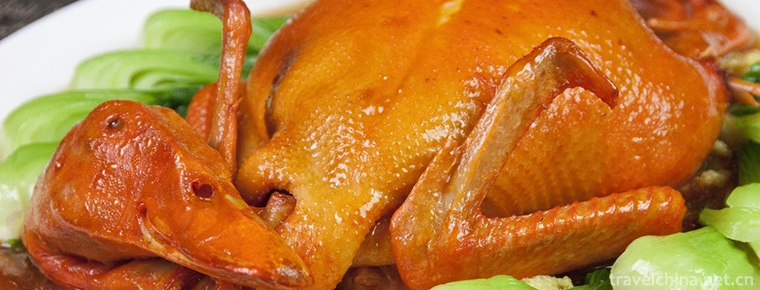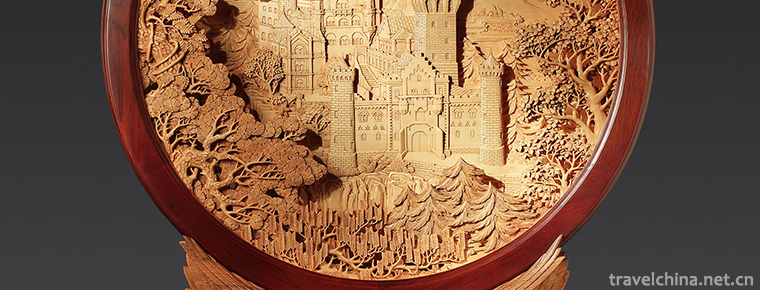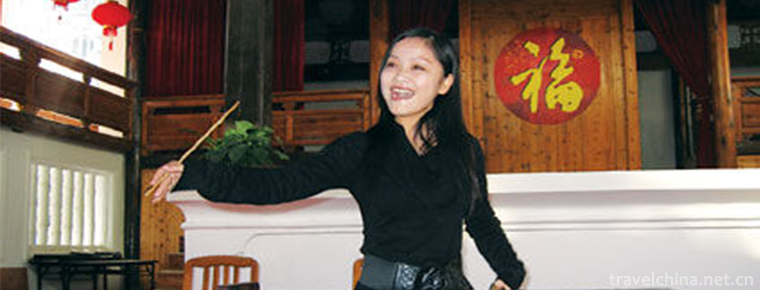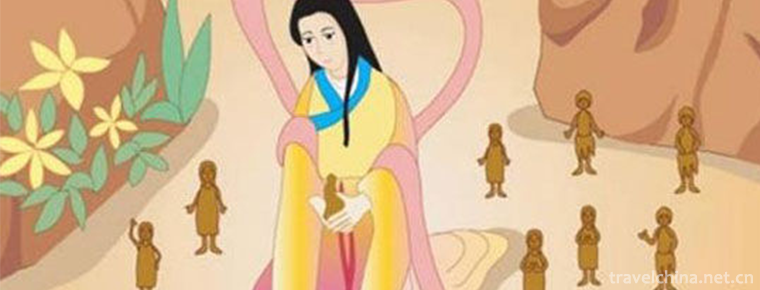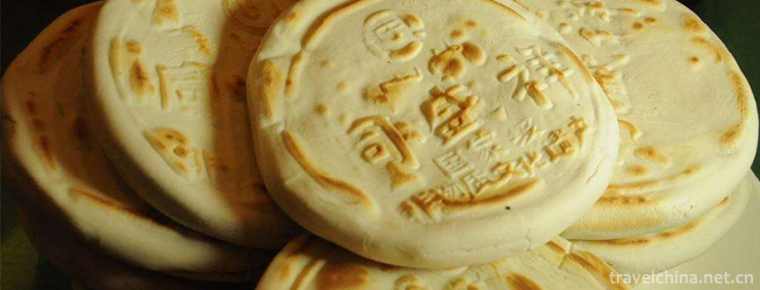Shigu Academy
Shigu Academy
Shigu Academy, located in Shigu Mountain, Shigu District, Hengyang City, an important city in central and southern Hunan Province, is the birthplace of Huxiang culture and the first resort in Hunan Province. It was founded in the Tang and Yuan Dynasties (810 A.D.) and has a history of more than 1200 years.
Li Kuanbu, a magistrate in Tang Dynasty, came to Nanyue to see Shigu Mountain surrounded by lush forests, Xiangjiang River, Steamed Water and Leishui River. He finished reading on it and founded the earliest Academy in ancient China. It was the beginning of the so-called Shigu Academy.
Zhao Guangyi, Emperor Taizong of Song Dynasty, named Shigu Academy.
In the three years from Song to Dao (A.D. 1997), Li Shizhen, a Hengzhou native, expanded his academy as a lecture place for Hengzhou scholars.
In the second year of Song Jinghu (1035 A.D.), the court awarded the "Shigu Academy", which is also called the Four Academies in China, together with Yingtian Academy, Bailudong Academy and Yuelu Academy.
The main buildings of Shigu Academy are Wuhou Temple, Li Zhongjie Temple, Grand View Building, Qixian Temple, Jingyetang Hall and Hejiang Pavilion.
In July 1944, Shigu Academy was destroyed by Japanese artillery during the Hengyang Defense War. In 2006, the people's government of Hengyang City restored the Qing Dynasty pattern and rebuilt the Shigu Academy.
Introduction to Academies
Founded in the Tang Dynasty, Hengzhou Shigushan (Shigushan, Shigu District, Hengyang City), hence its name. At the beginning of Tang Dynasty, Shi Qiying was stabbed, and Jiangting was built on the left side of the mountain. During the reign of Xian Zongyuan, Li Kuan, a Hengzhou native, built a roof and read among them. In 1978, Zhao Guangyi, Emperor Taizong of the Song Dynasty, awarded the plaque of "Shigu Academy" to Taizong of the Song Dynasty and three years from Taizong to Dao of the Song Dynasty (1997). Li Shizhen, a Hengzhou native, asked the county to establish a formal academy here to enroll students and give lectures. Song Renzong Jingyou 2 years (1035). Liu Yuan, who once served as the administrator of Jixian Temple, reported the story of Shigu Academy to the emperor when he was in Hengzhou, and was listed as the first of the four academies in the world at the beginning of Song Xing by the General Examination of Documents. Renzong was once abandoned. By the time of Xiaozong in the Southern Song Dynasty, because of the expansion of the old courtyard, the scale was increasing, and it had not been abandoned until the end of Ning Dynasty. Zhu Xi wrote about it.
The earliest Academy in China
Shigu Academy is the earliest academy founded by the four major academies in China, and it has precise historical records. Academy system is a unique educational organization in China. It has not existed for more than 1,000 years from Tang to Qing Dynasty. In Tang Dynasty, 11 academies have been textually studied and 17 of them have been recorded in local historical records (based on Chen Yuanhui's Academy System in Ancient China, Wang Jingdi's Academy Pass and Zhou Shufu's Research on Academy System). There are only three of them: Li Kuan Zhongxiu Academy in Hengyang (Shigu Academy), Nanxi Academy in Nanxi and Feijun Academy in Yongji.
Eleven academies of Quan Tang Poetry:
Li Bi College (Nanyue Hengshan Youhou College), Fourth Lang Xinxiu Shu, Zhao's Kunji College, Du Zhongcheng College, Fei Jun College, Li Kuanzhong Xiucai College, Nanxi College, Li Qunyu College, Tian General College, Zinephew College, Shen Bin Jinshi College
Local chronicles indicate that seventeen academies were set up for the Tang Dynasty:
Lizheng Academy, Zhang Jiuzong Academy, Shigu Academy, Huangliao Academy, Songzhou Academy, Qingshan Academy, Yingzhou Academy, Jingxing Academy, Yimen Academy, Aofeng Academy, Weizeu Academy (Nanyue Hengshan), Lupan Academy (Nanyue Hengshan), Duling Academy (Yiyang), Mingdao Academy, Wutong Academy, Guiyan Academy.
From the above historical facts, it is confirmed that Shigu Academy is the only one of the four major academies in China that became famous in the Tang Dynasty. In the Tang Dynasty, famous scholars such as Qi Ying, Yu Wenxuan, Lv Wen, Han Changli and Zou Jun left poems in Shigu. Songshan Academy was founded in the 5th Zhou Dynasty according to the local chronicle Kaifeng County Chronicle, which was more than 200 years later than Shigu Academy.
geographical environment
Shigu Academy is located in Shigushan, Shigu District, Hengyang City, Zhongnan Town. It is situated at the intersection of Xiangjiang River, Steaming Water and Leishui River in Hengyang City. It is 69 meters above sea level. It is one of the four academies in China. It was founded in Tang and Yuan Dynasties and five years (810 A.D.) and has a history of more than 1200 years. The birthplace of Huxiang culture and the first resort of Hunan Province are cultural tourism resorts which integrate lecturing and learning, searching for stones and visiting leisure.
Shigu Academy is adjacent to Qingcao Bridge, an ancient stone bridge in Hengyang. Hengyang eight scenery "Zhuling Cave Poetry Thousands" and "Qingcao Bridge Wine Hundred" are also here. For thousands of years, literati and poets have flocked to Hengyang, where they have been drinking, chanting poems and Fu with endless charm . Hengyang's Wuhua Tianbao and humanities are gathered together, and the culture of stone drums has lasted for thousands of years.
building structure
Shigu Academy covers an area of 4000 square meters. It is surrounded by water on three sides and empty on four sides. It has unique geographical location, beautiful scenery, shady trees, pavilions and pavilions, cornices and cornices, rippling sails on the river, late singing and fishing. It has been known as "Shigu Jiangshan Xiuhua" since ancient times. There are stone drums about two meters high in the academy. In the book of Guanshi Gushu written at the beginning of Geng Zhongchu in Jin Dynasty, "Mingshi has a latent sound and thunder shocks nine days." In the Northern Wei Dynasty, Yun Daoyuan's Annotation of Shui Jing contains: "Stone drums are six feet tall, whereas Xiangshui's drums are about military revolution." Stone Drum Mountain is steep and upright, with strange scenery. It has always been known as the first scenic spot in Hunan.
Achieve honor
Shigu Academy is a millennium academy which has experienced seven dynasties: Tang, Song, Yuan, Ming, Qing, Republic of China and Republic. It has been extensively renovated. Su Shi, Zhou Dunyi, Zhu Xi, Zhang Hu, Cheng Xue, Zheng Xiang, Zhan Ruoshui, Yezhao Zhao, Zou Shouyi, Mao Kun, Kuang Minben, Zhao Dazhou, Lin Xueyi, Wang Jingsuo, Cai Runan, Hu Dongshan, Li Tongye, Luo Jinyin, Wang Jiyun, Zeng Xiyun, etc. In Hengyang, Wang Juren, Xia Rubi, Guan Siqiu, Zou Tonglu, Zhu Bingru, Wu Dingxiang, Zeng Dynasty Festival, Chen Zongqi, Wang Fuzhi, Zeng Guofan, Peng Yulin, Peng Shu, Yang Du, Qi Baishi and a large number of celebrities who had a significant impact on Chinese history were cultivated. Luo Han, Yun Daoyuan, Qi Ying, Yu Wenxuan, Du Fu, Lv Wen, Han Yu, Liu Zongyuan, Liu Yuxi, Fan Chengda , Xin Qiji, Wen Tianxiang, Xu Xiake , and so on, or lecturing apprentices, or writing poems, or inscribing walls, or seeking spectacular attractions, their form is magnificent.
Shigu Academy was built in Shigushan, Hengzhou, Tang Dynasty. It is the earliest Academy with precise historical records among the four academies in China. As the first of the "four academies" in the Song Dynasty and the birthplace of Huxiang culture, Shigu Academy has enjoyed a relatively high position in the history of Chinese academy, education and culture for thousands of years. The so-called "steaming stone from Hunan to attack wrong jade, drumming Hengyue earthquake in the south of the sky" . Unfortunately, in July 1944, the Shigu Academy was destroyed by Japanese artillery fire during the Hengyang Defence War. In June 2006, the People's Government of Hengyang City renovated the Shigu Academy.
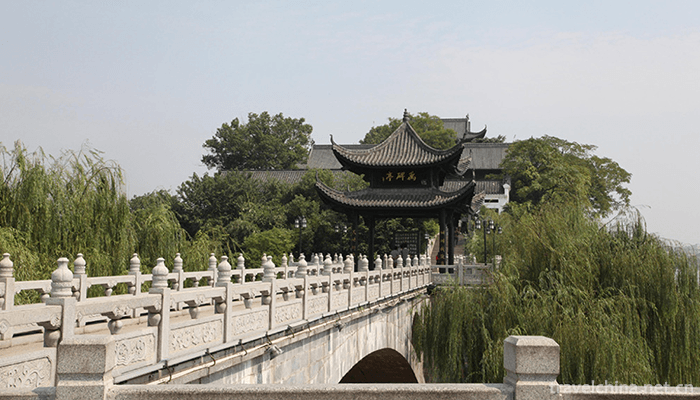
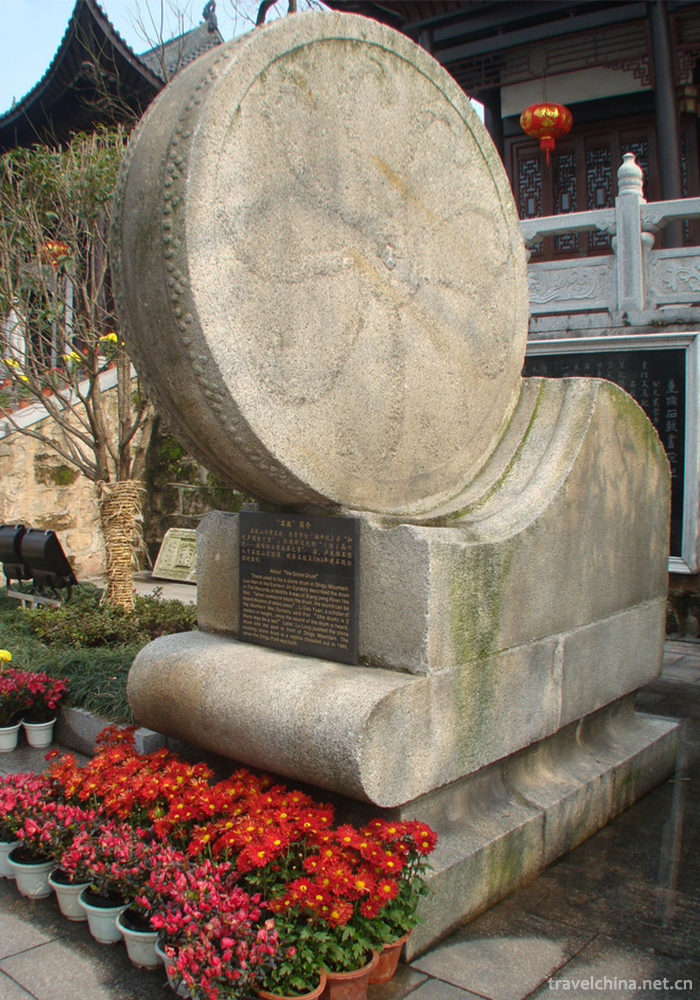
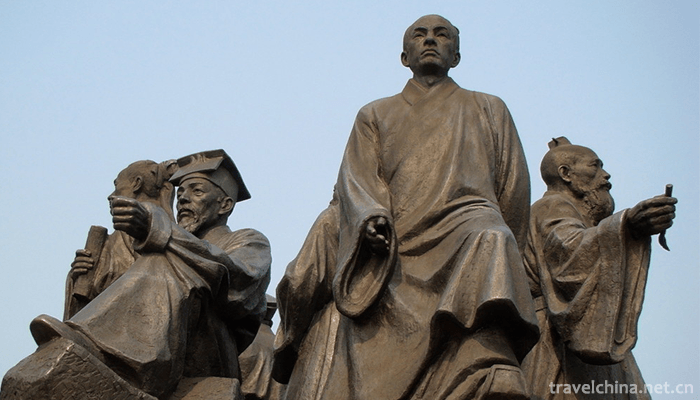
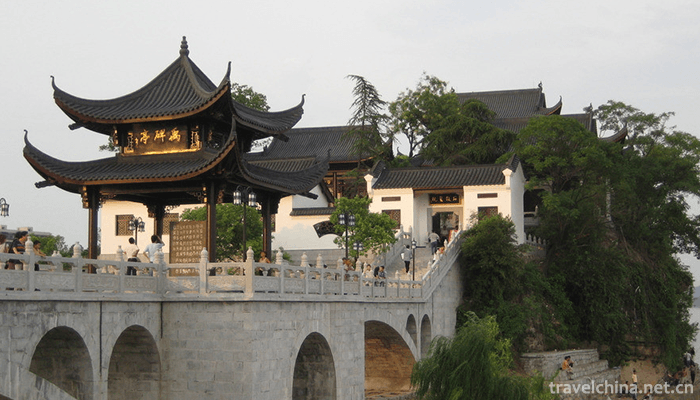
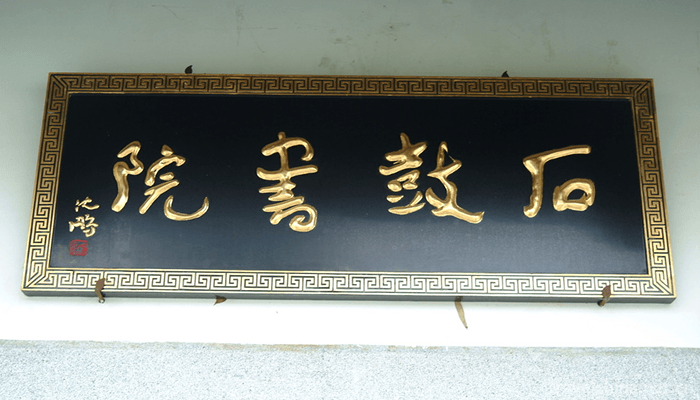
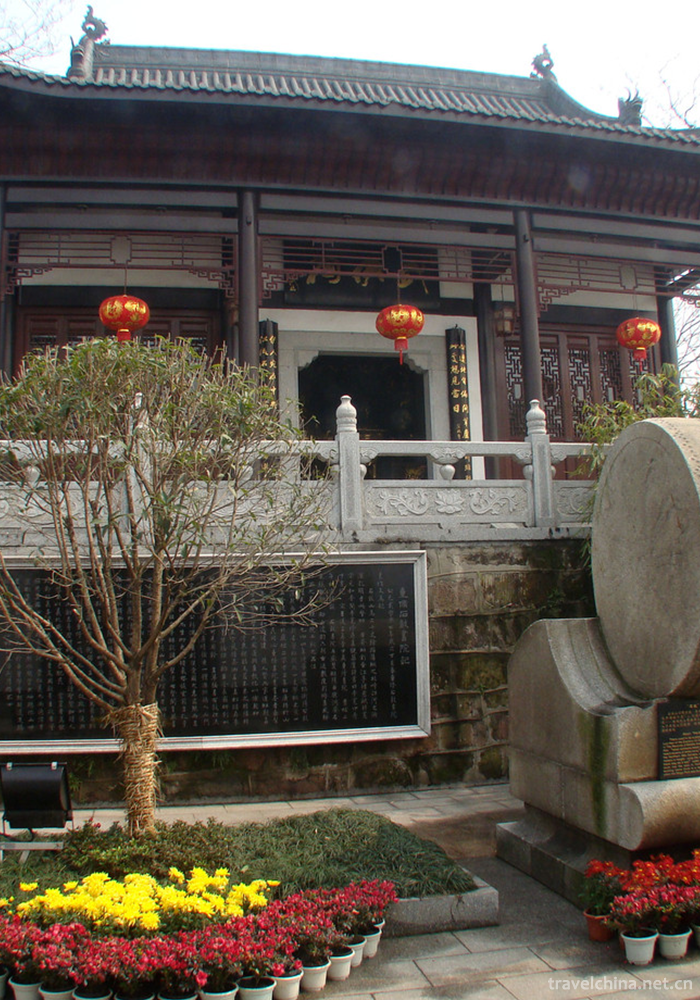
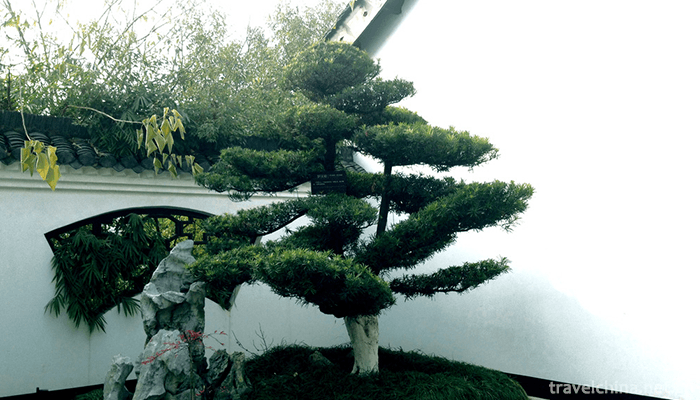
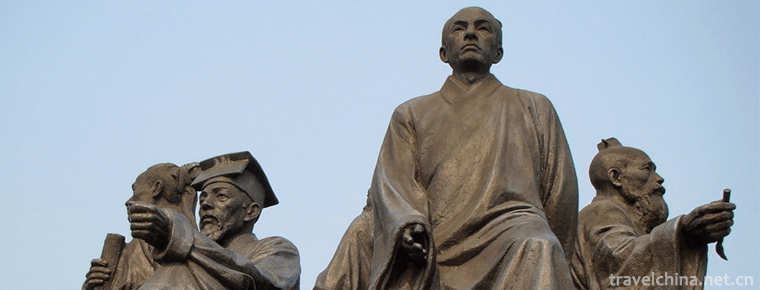
Shigu Academy
-
PRC Cradle Scenic
Cradle Scenic Area of Ruijin Republic, National AAAAA Tourist Scenic Area, National Key Cultural Relics Protection Unit, National Patriotic Education Demonstration Base, National Red Tourism Classic S
Views: 223 Time 2018-12-08 -
Tourist Hall of Shanghai Global Financial Center
Shanghai Global Financial Center is located at 100 Century Avenue, Pudong New Area, Shanghai. It is a skyscraper located in Lujiazui Financial and Trade Zone. It faces the hinterland of Pudong New Are
Views: 107 Time 2018-12-19 -
Buddhist Cultural Tourist Area of Great Buddha and Zen Temple
As the first door to worship Mount Emei, the Buddha Zen Temple is the first stop to pray and worship in Emei, and it is also a must-go place. The Grand Buddha Temple, formerly known as the Grand Buddh
Views: 176 Time 2019-01-06 -
Zhalantun Scenic Area
Zhalantun Scenic Area is located in Hulunbuir City, Inner Mongolia, including Zhalantun City and the Greater Hinggan Mountains in the northwest. The mountains are dense with pine and birch
Views: 170 Time 2019-01-25 -
Weihai Dingxiang Ecotourism Resort
Panjin Dingxiang Ecotourism Resort is located in the western suburb of Panjin City. The tourist area is mainly composed of Taiping River scenic belt, Bird Paradise Scenic
Views: 519 Time 2019-02-22 -
Eight treasures duck
Babao duck is a characteristic traditional dish in Suzhou, which belongs to Shanghai cuisine and Su cuisine. But it is best cooked by the old restaurant in Shanghai, Town God's Temple
Views: 236 Time 2019-03-27 -
Dongyang wood carving
Dongyang woodcarving, one of the Chinese folk carving arts, is named for its origin in Dongyang, Zhejiang Province. Dongyang woodcarving, together with Qingtian stone carving and Huangyang woodcarving
Views: 283 Time 2019-04-27 -
Fuzhou Reviews
Fuzhou dialect commentary is a unique traditional form of storytelling in Fuzhou dialect of Fujian Province, which is popular in Fuzhou, Fujian Hou, Yongtai, Changle, Lianjiang
Views: 147 Time 2019-04-30 -
Shaoyuan mythological group
Shaoyuan myth group is one of the ancient Chinese myths and legends. Refers to the general name of the creation myths and mythological prototypes circulated in Shaoyuan Town, Jiyuan City, Henan Provin
Views: 174 Time 2019-06-14 -
Production Techniques of Tongshengxiang Beef and Mutton Bubble
Tongshengxiang steamed beef and mutton steamed bun was founded in 1920. It was named Tongshengxiang with the meaning of "prosperity and auspiciousness". Its steamed bread is made of meat of
Views: 193 Time 2019-06-21 -
Qingyang Palace
Qingyang palace is located in the second section of the first ring road in Chengdu, Sichuan Province. It is known as "the first Taoist temple in Western Sichuan" and "the first jungle in Southwest China". It is also one of the famous Taoist temples in China.
Views: 166 Time 2020-11-05 -
Guangyuan Tourism
In 2018, the city has 1 AAAAA scenic spot, 19 AAAA scenic spots, 18 AAA scenic spots and 8 AA scenic spots. In the whole year, it received 50.2886 million tourists, an increase of 11.4%. The total income of the tourism industry was 41.953 billion yuan, an increase of 25.4%.
Views: 215 Time 2020-12-15
